The other morning, in a break from my usual tradition of ordering cornetto con crema and a cappuccino at Caffé di Perugia, I took my breakfast at Sandri, a revered pastry shop (here since 1860), staffed by waiters in scarlet red waistcoats and matching bow-ties.
The long narrow room, as elegant-looking as a wise-cracking Cary Grant, has carved wooden display shelves, full of chocolates and confections, and a domed, painted ceiling, like a church vestibule. The Two Amandas have relentlessly encouraged me to come here. They refer to it as Perugia’s Holy Loving Church of Sweets.
The place is jammed, the tables full. There’s only a single spot available at the bar and I have to wedge myself in, clearing my throat so that the woman beside me, standing over an espresso and a small white plate with four little chocolates on it, will move her coat—her faux-fur coat—off the bar. A coat, I realize too late, that belongs to the pretentious Italian guide who evicted me from her sex-in-religious-art tour at the National Gallery a couple of days ago.
I apologize for bothering her and she snaps, “You’re the rude man who interrupted my tour.”
“I wasn’t rude,” I tell her. “I was just curious as to what you had to say about the prostitutes.” The pasticceri, who greeted me in English, looks up from washing cappuccino cups and raises his eyebrows in alarm.
“Well, normally people pay for my services,” she says the woman icily.
“I’d be happy to pay for your services,” I tell her. The pasticceri puts down his towel and shakes his head before moving away. “As a guide, I mean.”
“Well, I’m very busy.”
“I’m sure you are.”
“I am.”
“Of course.”
She downs her espresso in a single gulp and dabs at her melon-colored lips with a linen napkin, leaving a red stain.
“When would you like to hire me?”
“What?”
“You said you wanted to hire me.”
“I said no such thing.”
She shrugs and reaches for her purse. “You did.”
“Actually, I was planning on visiting Assisi tomorrow,” I tell her, hoping that will be the end of it.
“Fine,” she says as she opens a compact and applies another layer of pink lipstick. “I’ll meet you in front of the Basilica at ten. Don’t be late.”
And so before I’ve even had a chance to order breakfast, I’ve accidentally gone and hired this snooty little woman from the museum, Signorina Maura Baldoni, as my guide to Assisi tomorrow.
Perhaps I’ll get lucky and she won’t show up.

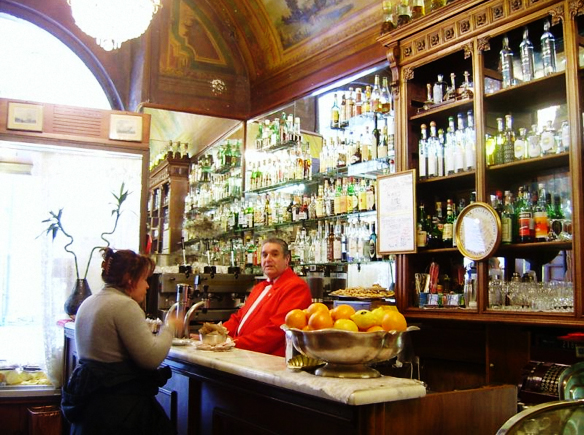
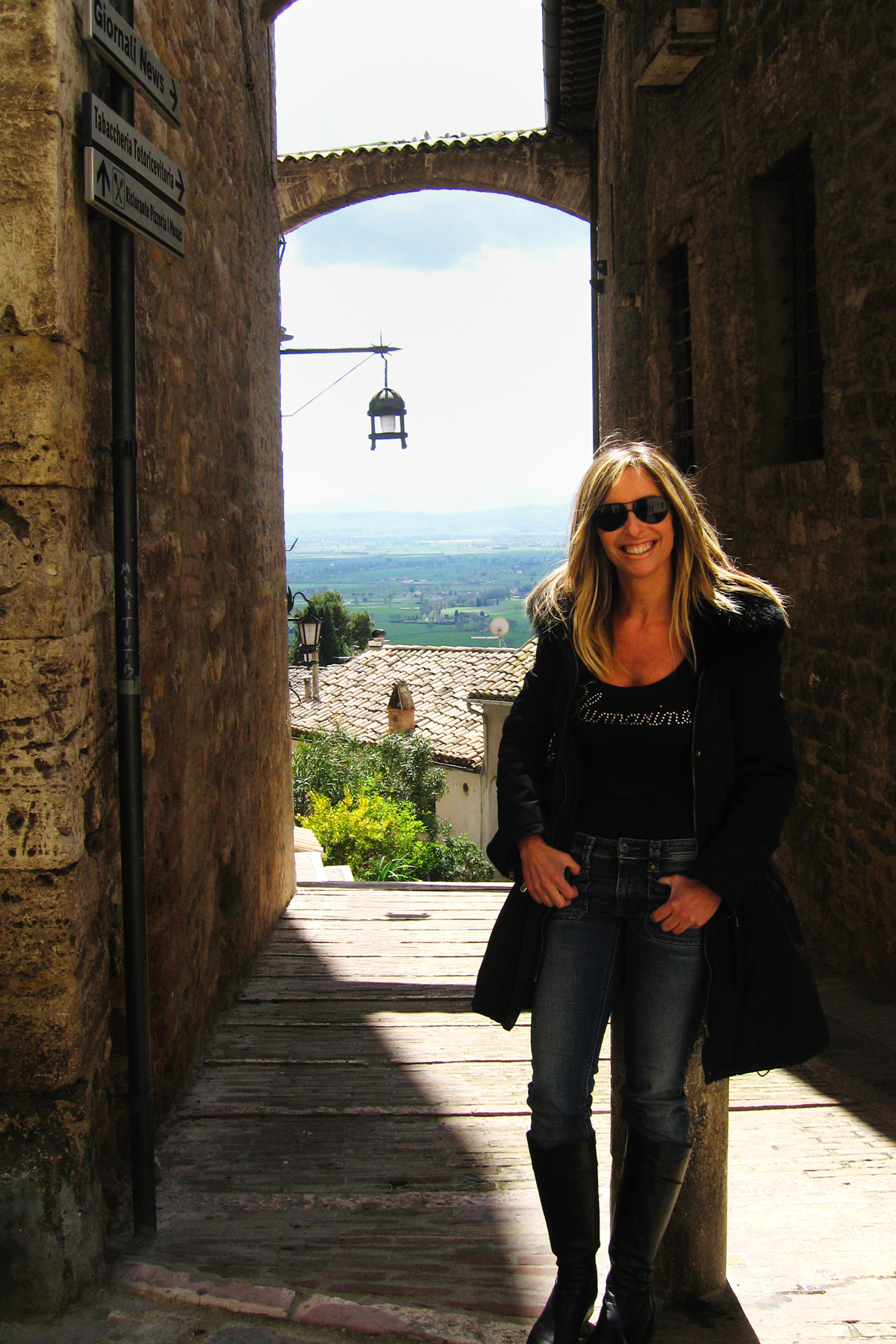
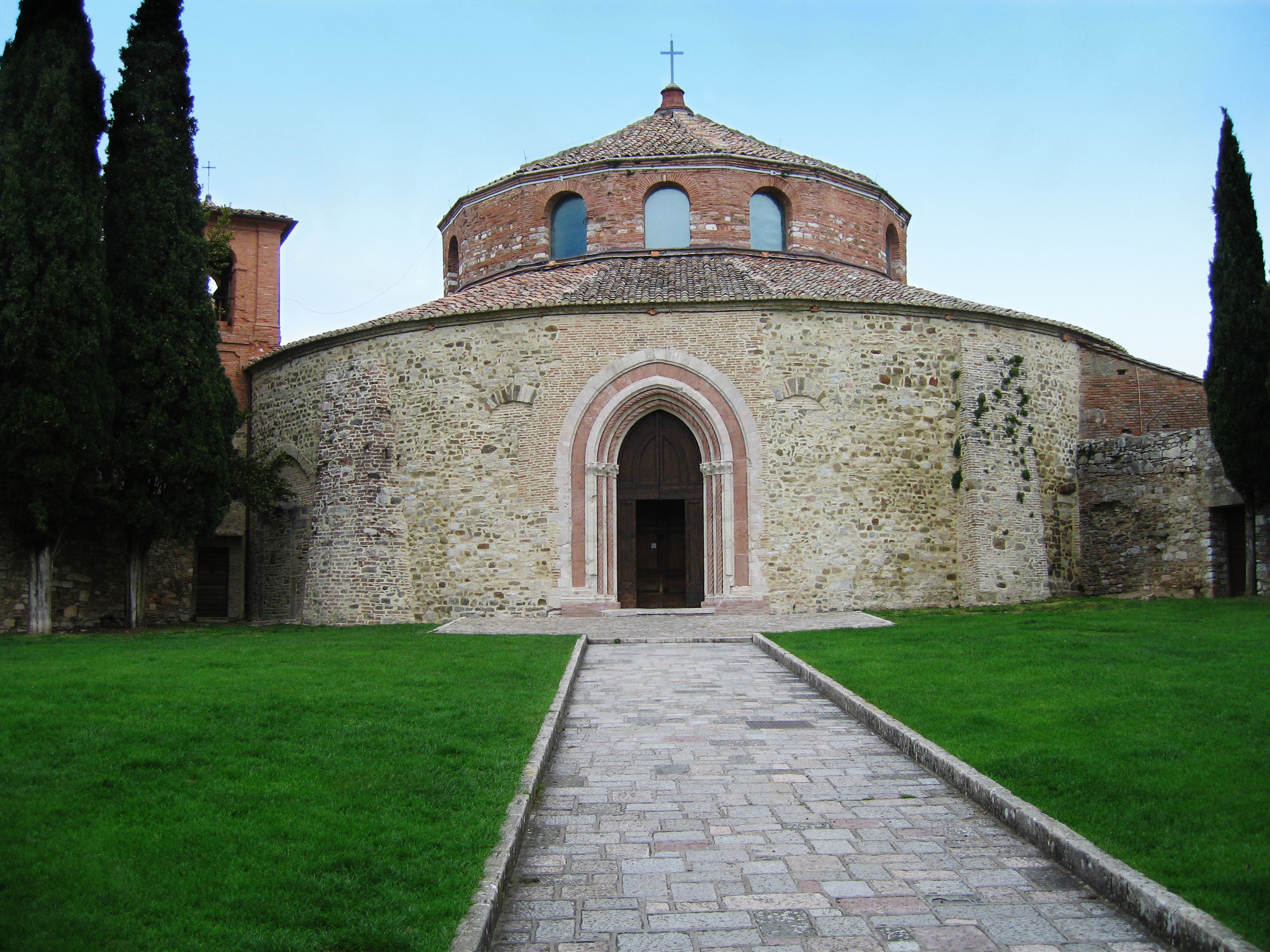
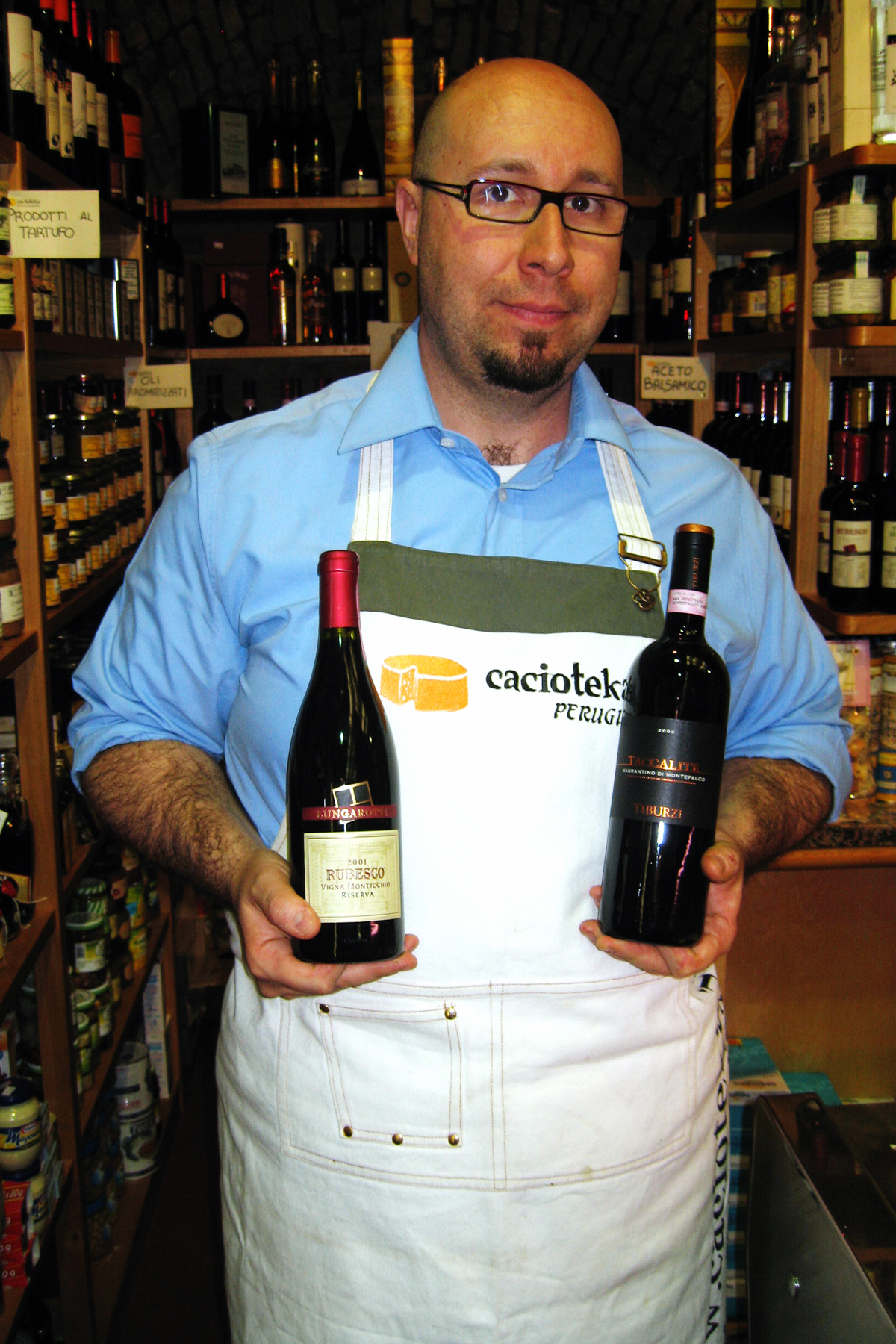
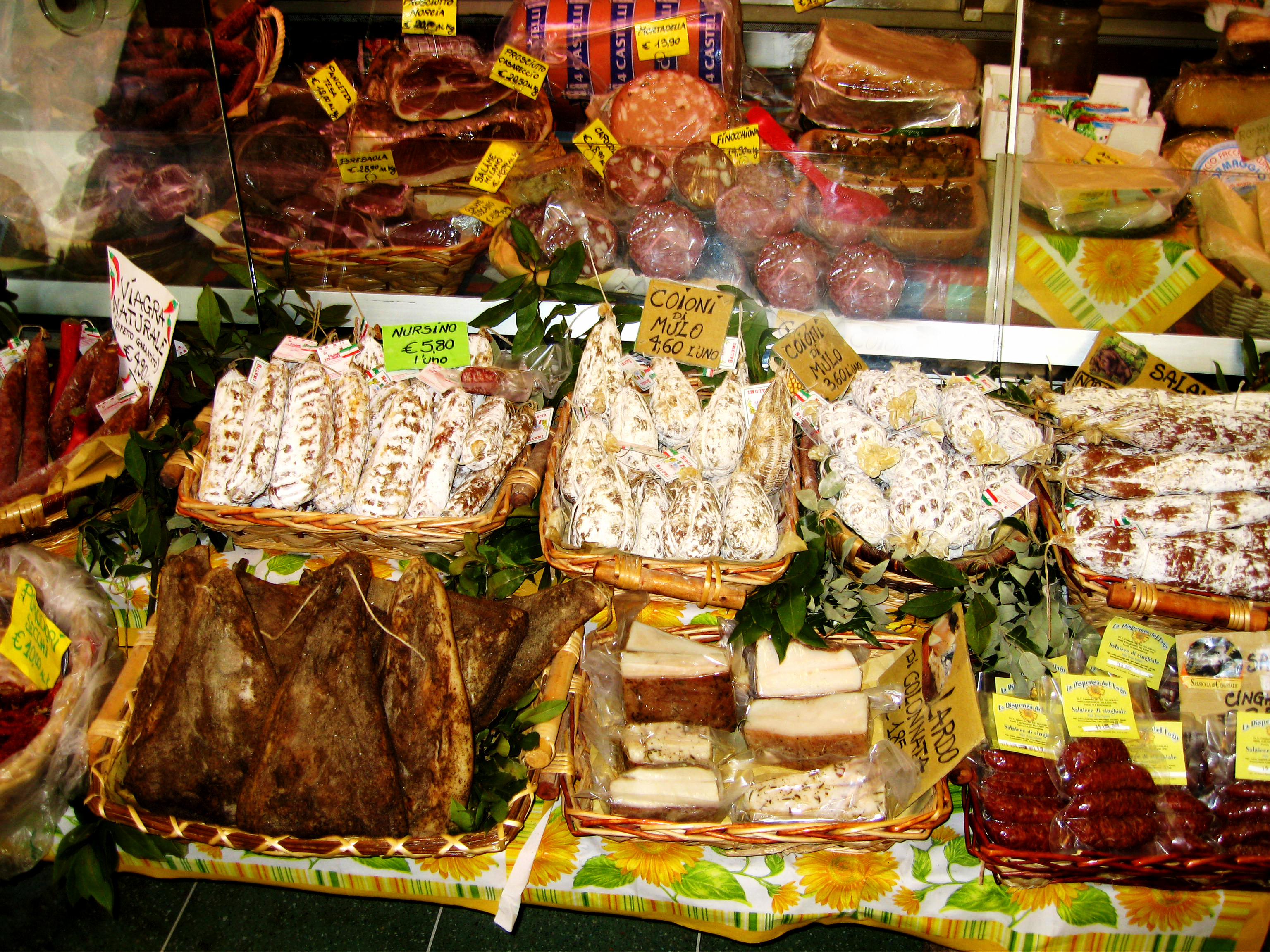
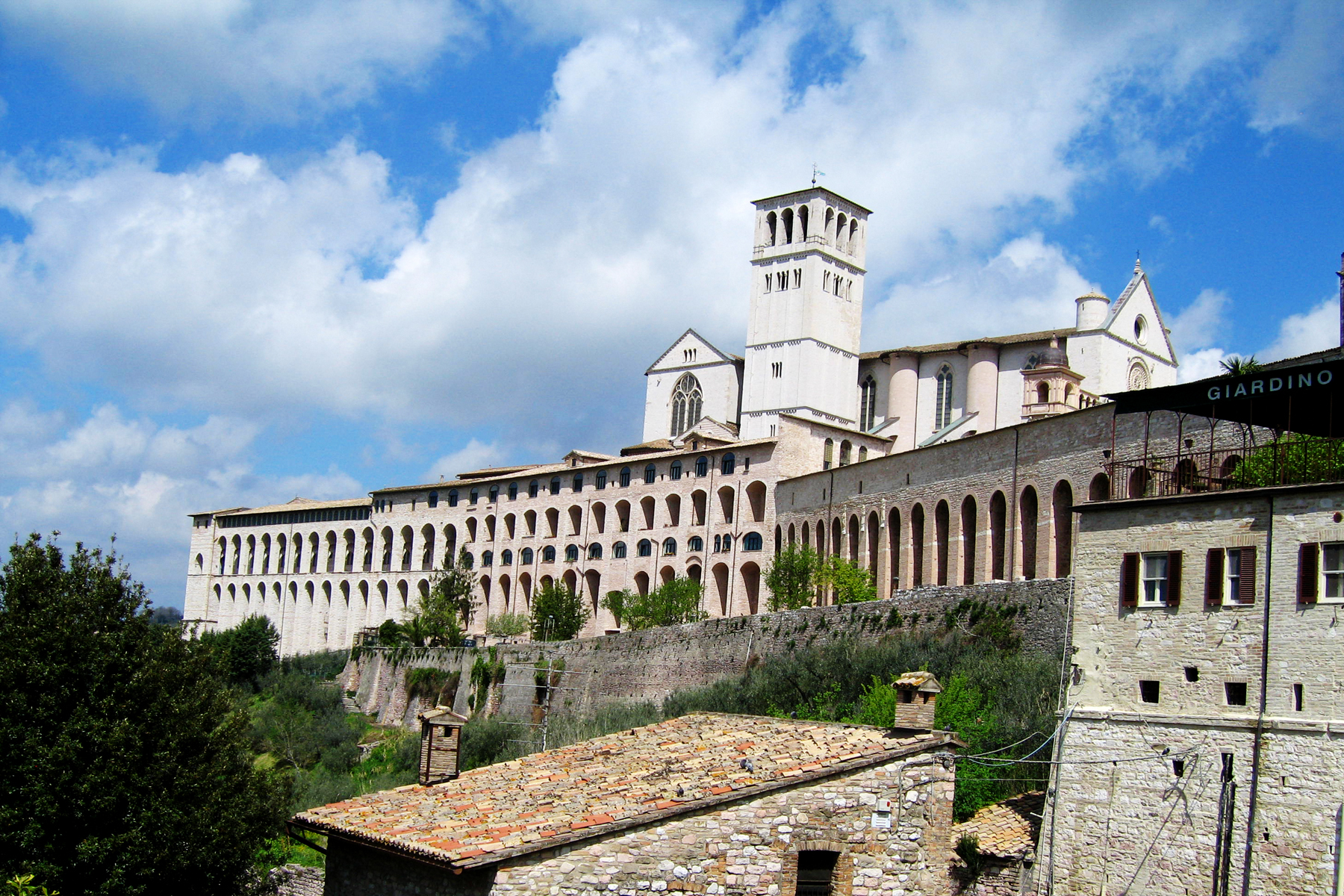
Recent Comments